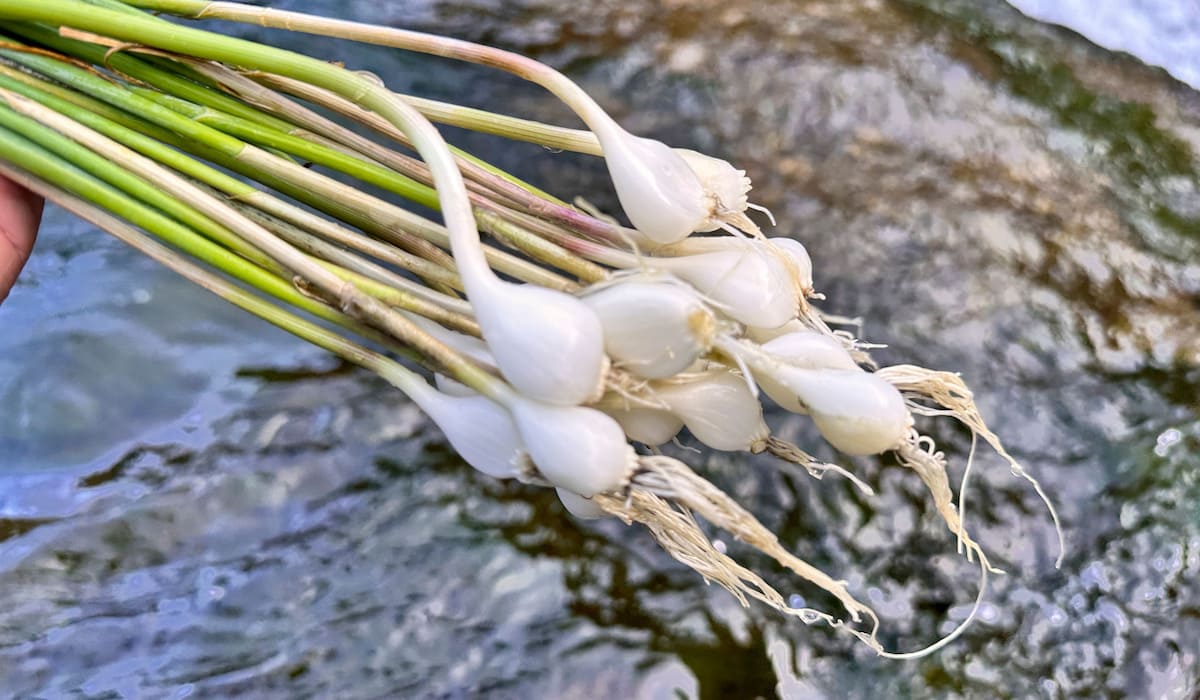

Articles
How To Store Wild Onions
Modified: January 19, 2024
Discover the best way to store wild onions with our informative articles. Learn how to preserve their freshness and maximize their flavor.
(Many of the links in this article redirect to a specific reviewed product. Your purchase of these products through affiliate links helps to generate commission for Storables.com, at no extra cost. Learn more)
Introduction
Wild onions, also known as wild garlic or ramps, are a flavorful and versatile ingredient that adds a unique twist to various dishes. These edible plants are commonly found growing in forests, meadows, and wetlands, making them a popular forage for nature enthusiasts and culinary adventurers.
When you stumble upon a patch of wild onions during your outdoor escapades, you might find yourself wondering about the best way to store them for future use. After all, their enticing aroma and distinct taste can elevate any recipe. Fortunately, storing wild onions is a simple process that allows you to enjoy their vibrant flavor long after the foraging expedition is over.
In this article, we will guide you through the steps of gathering, cleaning, and storing wild onions, ensuring that you can savor their unique taste in your favorite dishes all year round.
Key Takeaways:
- Elevate your culinary creations by gathering, cleaning, and storing wild onions using refrigeration, drying, or freezing methods to preserve their unique flavor and versatility.
- Enjoy the delightful taste of wild onions year-round by incorporating them into various dishes, whether fresh, dried, or frozen, and savoring their distinct flavor in your culinary adventures.
Read more: What Kills Wild Onions In Grass
Gathering Wild Onions
Gathering wild onions is an exciting and rewarding experience that connects you with nature and allows you to indulge in the freshness of these culinary gems. Here are a few tips for successfully gathering wild onions:
- Identification: Before you start gathering, it’s crucial to properly identify wild onions. Native to North America, they typically have long, slender leaves that resemble blades of grass. They may also have small white bulbs at the base, similar to regular onions.
- Timing: Wild onions are best harvested in spring and early summer when they are at their peak. This is when the leaves are still tender and flavorful.
- Location: Look for wild onions in moist, shaded areas such as woods, meadows, or near streams. They often grow in clusters, and their distinct onion-like scent can help you locate them.
- Harvesting: To gather wild onions, gently pull the entire plant from the ground or use a small knife or scissors to cut them just above the soil surface. Take care not to damage any neighboring plants.
- Sustainable Foraging: It’s essential to practice sustainable foraging to ensure the long-term health of wild onion populations. Only harvest a small portion of the plants you find, leaving enough behind to allow them to continue growing and reproducing.
Always remember to respect the environment and any local regulations regarding foraging. Now that you have successfully gathered your wild onions, it’s time to move on to the next step.
Cleaning Wild Onions
After gathering a bunch of fresh wild onions, it’s essential to clean them thoroughly to remove any dirt, debris, or insects that may have hitched a ride. Follow these simple steps to ensure your wild onions are clean and ready to be stored:
- Trimming: Start by trimming the roots off the bottoms of the wild onions. Use a sharp knife or scissors to remove any excess dirt and the tough roots.
- Separating Bulbs and Leaves: If you harvested wild onions with bulbs, separate the bulbs from the leaves. While both parts are edible, you may choose to store them separately based on your culinary preferences.
- Rinsing: Fill a bowl or basin with cool water and add the wild onions. Swish them around gently to loosen any dirt. If you have harvested bulbs, you can rub them gently with your fingers to remove any stubborn dirt.
- Inspecting: As you rinse the wild onions, inspect each one for any signs of damage or decay. Discard any wilted or discolored leaves or bulbs to ensure you store only fresh and healthy produce.
- Repeat: If needed, repeat the rinsing process until the water runs clear and the wild onions are thoroughly cleaned.
Once you have completed these steps, you can proceed to store your freshly cleaned wild onions using one of the following methods.
Storing Wild Onions
Proper storage is crucial to maintain the freshness and flavor of wild onions. There are several methods you can use to store your harvested wild onions, depending on your preference and intended use. Here are three common methods for storing wild onions:
Method 1: Refrigeration
Refrigeration is a convenient option for short-term storage of wild onions. Follow these steps:
- Wrap: Wrap the cleaned wild onions loosely in a damp paper towel or place them in a perforated plastic bag. This helps maintain the necessary moisture while allowing airflow.
- Label: Label the package with the date to keep track of freshness.
- Store: Place the wrapped wild onions in the vegetable crisper drawer of your refrigerator.
- Usage: Refrigerated wild onions can last up to a week, but it’s best to use them as soon as possible for the freshest flavor.
Read more: How To Store Wild Garlic
Method 2: Drying
Drying wild onions is an excellent option for long-term storage, as it preserves their flavor for months. Here’s how to dry wild onions:
- Bunching: Gather a small batch of cleaned wild onions and tie them together using a string or twine. Leave enough space between the onions for air circulation.
- Hanging: Hang the bunches of wild onions upside down in a cool, well-ventilated area away from direct sunlight. Ensure they are secure and won’t fall or touch any surfaces.
- Wait: Allow the wild onions to air dry completely until they become thin and papery to the touch. This process can take several weeks.
- Storage: Once dried, store the wild onions in an airtight container or sealable bag in a cool, dry place. Keep them away from moisture and sunlight.
- Usage: Dried wild onions can be used in various culinary preparations, such as soups, stews, and spice blends, and can retain their flavor for up to a year.
Method 3: Freezing
Freezing wild onions is a convenient way to store them for longer periods while maintaining their freshness. Follow these steps:
- Slicing: Clean and trim the wild onions, then slice them into small pieces or chop them according to your preference.
- Blanching: Blanch the sliced wild onions by placing them in boiling water for a brief moment, then transfer them immediately into an ice water bath to stop the cooking process. This helps retain their vibrant color and texture.
- Drying: Pat the blanched wild onions dry using a kitchen towel to remove excess moisture.
- Storage: Place the dried wild onions into freezer-safe bags or containers, making sure to remove any air to prevent freezer burn.
- Usage: Frozen wild onions can be stored for up to six months and used directly from the freezer in sautés, stir-fries, and other cooked dishes.
Choose the storage method that suits your needs and enjoy the delightful taste of wild onions in your culinary creations throughout the year.
Method 1: Refrigeration
Refrigeration is a convenient method for short-term storage of wild onions. Here’s how you can store your wild onions in the refrigerator:
- Preparation: Start by cleaning your wild onions thoroughly, following the steps mentioned earlier.
- Wrap: Use a slightly damp paper towel to wrap the cleaned wild onions loosely. The dampness helps maintain their freshness while preventing them from drying out.
- Perforated Bag: Alternatively, you can place the wild onions in a perforated plastic bag. This allows for proper airflow, preventing moisture buildup and prolonging the shelf life of the onions.
- Label: It’s important to label the package with the date to easily keep track of their freshness.
- Storage: Store the wrapped or bagged wild onions in the vegetable crisper drawer of your refrigerator. This section provides a cool and slightly humid environment, which helps preserve their quality.
- Usage: Refrigerated wild onions can last up to a week or slightly longer, but it’s recommended to use them as soon as possible for the freshest flavor.
Refrigeration is a great option when you plan to use the wild onions within a short period. Whether you add them to salads, sauté them with other vegetables, or use them as a garnish, the crispness and unique taste of wild onions will enhance your dishes.
Remember to check the onions for any signs of spoilage before using them. If you notice any discoloration, mold, or an unpleasant odor, it’s best to discard them to avoid consuming spoiled food.
Now that you know how to refrigerate your wild onions, you can ensure their freshness and enjoy their delightful flavor for a longer time.
Method 2: Drying
Drying wild onions is a popular method for long-term storage, allowing you to enjoy their flavor and aroma even when they are out of season. Follow these steps to dry your wild onions:
- Bunching: Start by gathering a small batch of cleaned wild onions. Group them together and tie them using a string or twine. Leave a bit of space between each onion to ensure proper airflow.
- Hanging: Find a cool, well-ventilated area away from direct sunlight to hang the bunches of wild onions. You can use a hook or the back of a chair to hang them upside down.
- Drying Time: Allow the wild onions to air dry completely. This process typically takes several weeks, depending on the humidity levels in your area. The onions should become thin, papery, and brittle to the touch.
- Storage: Once the wild onions are thoroughly dried, remove them from the hanging area and store them in an airtight container or sealable bag. Ensure the container is clean, dry, and free from any moisture to prevent spoilage.
- Safe Location: Find a cool, dark place to store the dried wild onions. Cupboards or pantry shelves work well, as long as they are away from direct sunlight and heat sources.
- Usage: Dried wild onions can be used in various dishes, such as soups, stews, sauces, or spice blends. Simply crumble or grind the dried onions before adding them to your recipes.
Drying wild onions helps to concentrate their flavors while extending their shelf life. The dried onions retain much of their original taste, making them a versatile ingredient that can add a delightful taste to your culinary creations.
Remember to check the dried wild onions before using them. Discard any onions that show signs of moisture, mold growth, or off odors, as these may indicate spoilage. Properly dried and stored wild onions can last for up to a year, allowing you to enjoy their distinct flavor throughout the seasons.
Now that you know how to dry wild onions, you can preserve their flavor and enjoy their unique taste in your favorite recipes whenever you desire.
Read more: How To Store Meat In The Wild
Method 3: Freezing
Freezing wild onions is a convenient method to preserve their freshness and flavor for an extended period. Follow these steps to freeze your wild onions:
- Slicing or Chopping: After cleaning the wild onions, you have the option to either slice them into small pieces or chop them according to your preference. Consider the size that would be most convenient for your future cooking needs.
- Blanching: Blanching helps to preserve the color, texture, and flavor of the wild onions. Bring a pot of water to a boil and carefully add the sliced or chopped onions. Boil them for about 1-2 minutes.
- Ice Bath: Quickly transfer the blanched wild onions into a bowl of ice water to cool them down and halt the cooking process. This step helps to retain their vibrant color and crispness.
- Draining: Remove the wild onions from the ice water bath and allow them to drain thoroughly. You can use a colander or pat them dry with a clean kitchen towel to remove excess moisture.
- Portioning: Divide the blanched and drained wild onions into portion sizes that suit your needs. For convenience, consider portioning them into freezer-safe bags or containers.
- Freezing: Place the portioned wild onions into the freezer bags or containers, ensuring to remove any excess air. Seal them tightly to prevent freezer burn.
- Labeling: Label each bag or container with the date of freezing to keep track of their freshness.
- Storage: Store the bags or containers of wild onions in the freezer at temperatures below 0°F (-18°C) for optimal quality retention.
- Usage: Frozen wild onions can be used directly from the freezer in various cooked dishes such as stir-fries, sauces, soups, and more.
Freezing wild onions helps to preserve their taste and aroma for up to six months. This method allows you to enjoy the flavor of wild onions all year round, even when they are out of season.
When using frozen wild onions, there is no need to thaw them before adding them to your recipes. Simply take out the desired amount and use them directly in your cooking. Remember to reseal the remaining portion and return it to the freezer promptly.
Now that you know how to freeze wild onions, you can enjoy their vibrant flavor whenever you desire, adding a delightful twist to your culinary endeavors.
Using Stored Wild Onions
Now that you have successfully stored your wild onions using one of the methods mentioned earlier, it’s time to explore the various ways you can use them in your culinary creations. Here are some ideas to inspire you:
Refrigerated Wild Onions:
- Salads: Add thinly sliced raw wild onions to your favorite salads for a burst of freshness and a mild onion flavor.
- Omelets and Scrambles: Sauté diced wild onions and incorporate them into your morning omelets or scrambled eggs for a flavorful kick.
- Soups and Stews: Chop or mince refrigerated wild onions and toss them into simmering soups and stews to enhance the overall taste with their distinct flavor.
- Sandwiches and Wraps: Include slices of refrigerated wild onions in your sandwiches or wraps to add a zesty crunch.
Dried Wild Onions:
- Spice Blends: Grind dried wild onions into a powder and use them in spice blends, rubs, or marinades to infuse dishes with their unique flavor.
- Soups and Sauces: Add dried wild onions directly to soups, sauces, and gravies for an instant burst of onion goodness.
- Breads and Baked Goods: Incorporate dried wild onions into bread dough or sprinkle them on top of savory baked goods like focaccia or savory muffins.
- Infused Oils or Vinegars: Create flavored oils or vinegars by infusing them with dried wild onions. These can be used as dressings or for dipping bread.
Read more: How To Store Wild Mushrooms
Frozen Wild Onions:
- Stir-Fries: Toss frozen wild onions into sizzling hot stir-fries for a quick and easy way to add flavor and texture.
- Casseroles: Incorporate frozen wild onions into casseroles, such as lasagna or baked pasta dishes, for an extra kick of flavor.
- Soups and Stews: Drop frozen wild onions directly into simmering soups and stews, allowing them to cook slowly and infuse the dish with their delicious taste.
- Sautéed Vegetables: Enhance the flavor of sautéed vegetables by adding frozen wild onions during the cooking process.
Whether you are using refrigerated, dried, or frozen wild onions, they will provide a unique and delightful flavor to your dishes. Experiment with different recipes and explore the versatility of wild onions in your cooking.
Remember to adjust the quantity of wild onions based on your taste preferences. Start with a smaller amount and gradually increase to achieve the desired level of flavor in your recipes.
By making the most of your stored wild onions, you can enjoy their delicious taste and elevate your culinary creations with a touch of nature’s bounty.
After harvesting wild onions, store them in a cool, dry place with good air circulation. You can also store them in the refrigerator in a paper bag for up to two weeks. Avoid storing them in plastic bags, as this can cause them to become mushy.
Conclusion
Wild onions, with their distinct flavor and versatility, provide an exciting culinary experience for those who enjoy foraging and exploring the flavors of nature. By following the steps outlined in this article, you can successfully gather, clean, and store wild onions, ensuring their freshness and flavor are preserved for future use.
Whether you choose to refrigerate, dry, or freeze your wild onions, each method offers its benefits based on your storage needs and preferences. Refrigeration is ideal for short-term storage, allowing you to enjoy the freshness of wild onions for up to a week. Drying extends the shelf life, enabling you to savor their flavor for months, while freezing allows you to enjoy the taste of wild onions year-round.
Once you have stored your wild onions, exploring their uses in various dishes opens up a world of culinary possibilities. From salads to soups, stir-fries to sauces, wild onions add a unique character and depth to your recipes. Whether you use them fresh, dried, or frozen, their enticing aroma and mild onion taste will surely enhance your meals.
Remember, when foraging for wild onions, always practice sustainable harvesting and respect the environment. Be sure to correctly identify the plants and follow any local regulations regarding foraging and preservation.
So, the next time you stumble upon a patch of wild onions during your outdoor adventures, gather a few to bring home and enjoy. With the knowledge gained from this article, you can confidently store and use wild onions to elevate your culinary creations and immerse yourself in the delightful flavors of nature.
Frequently Asked Questions about How To Store Wild Onions
Was this page helpful?
At Storables.com, we guarantee accurate and reliable information. Our content, validated by Expert Board Contributors, is crafted following stringent Editorial Policies. We're committed to providing you with well-researched, expert-backed insights for all your informational needs.
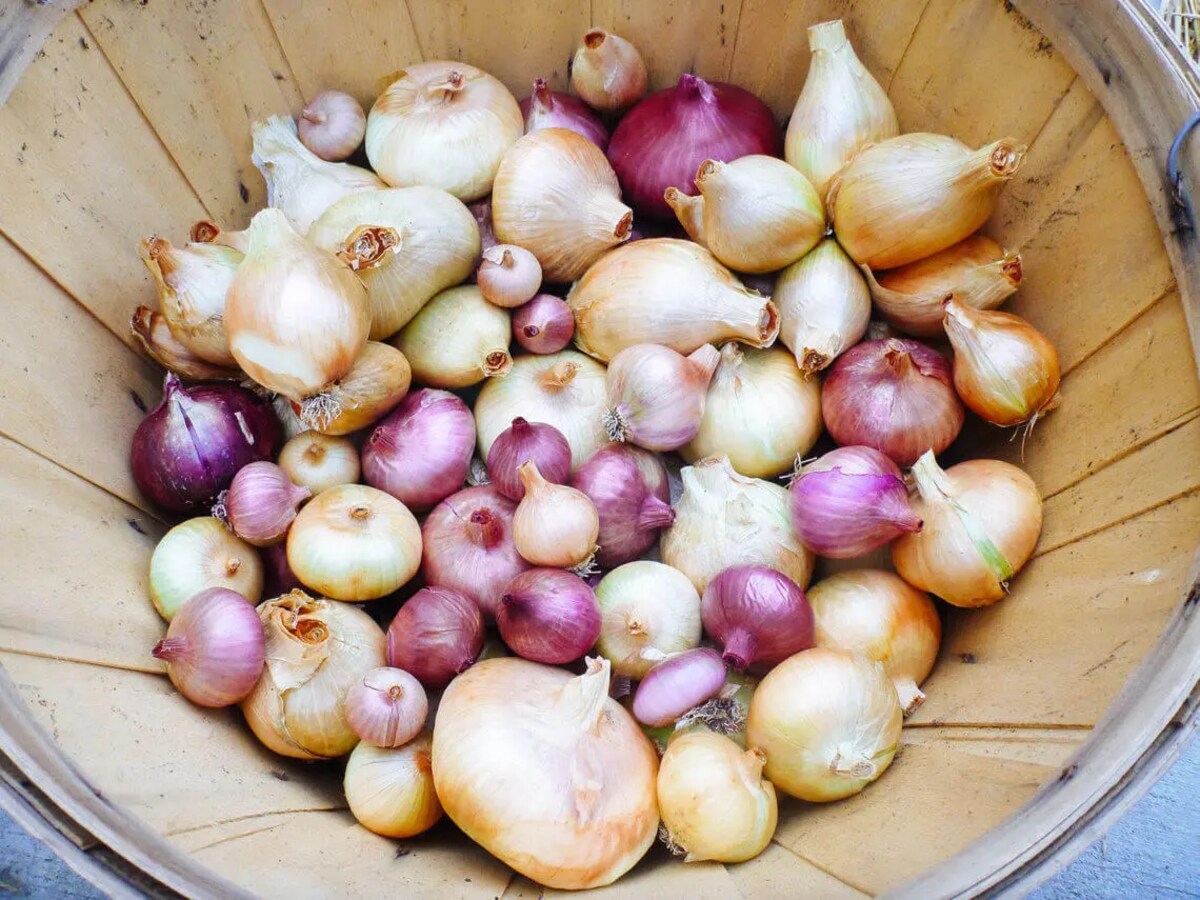
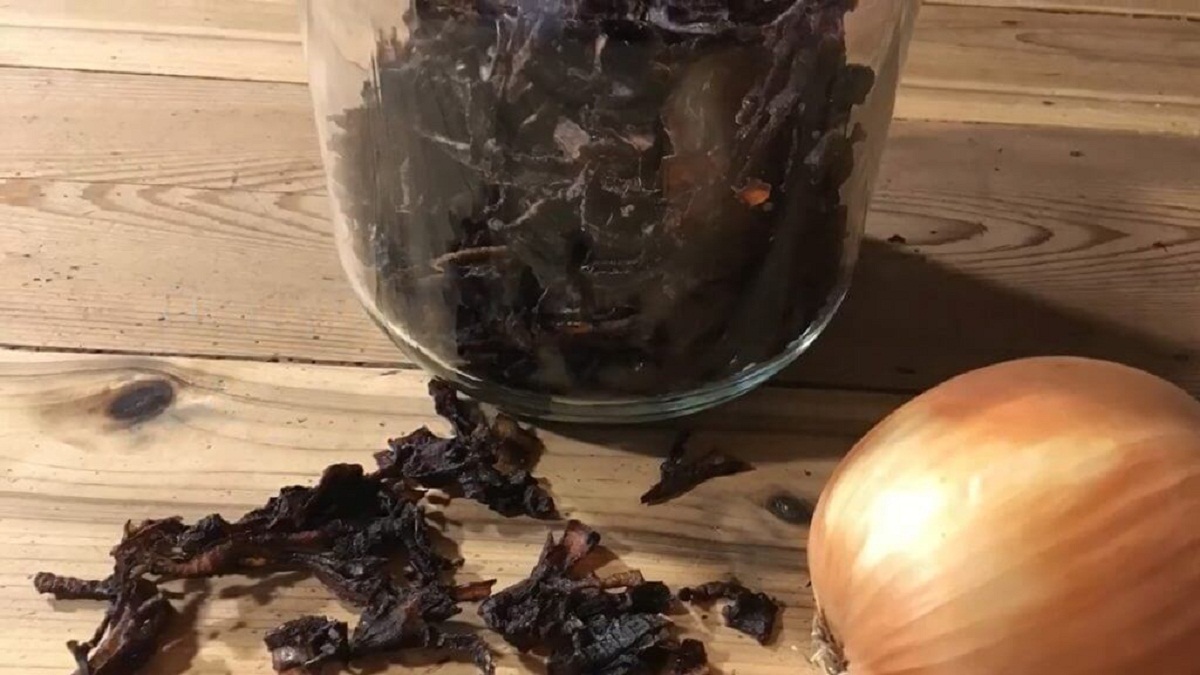
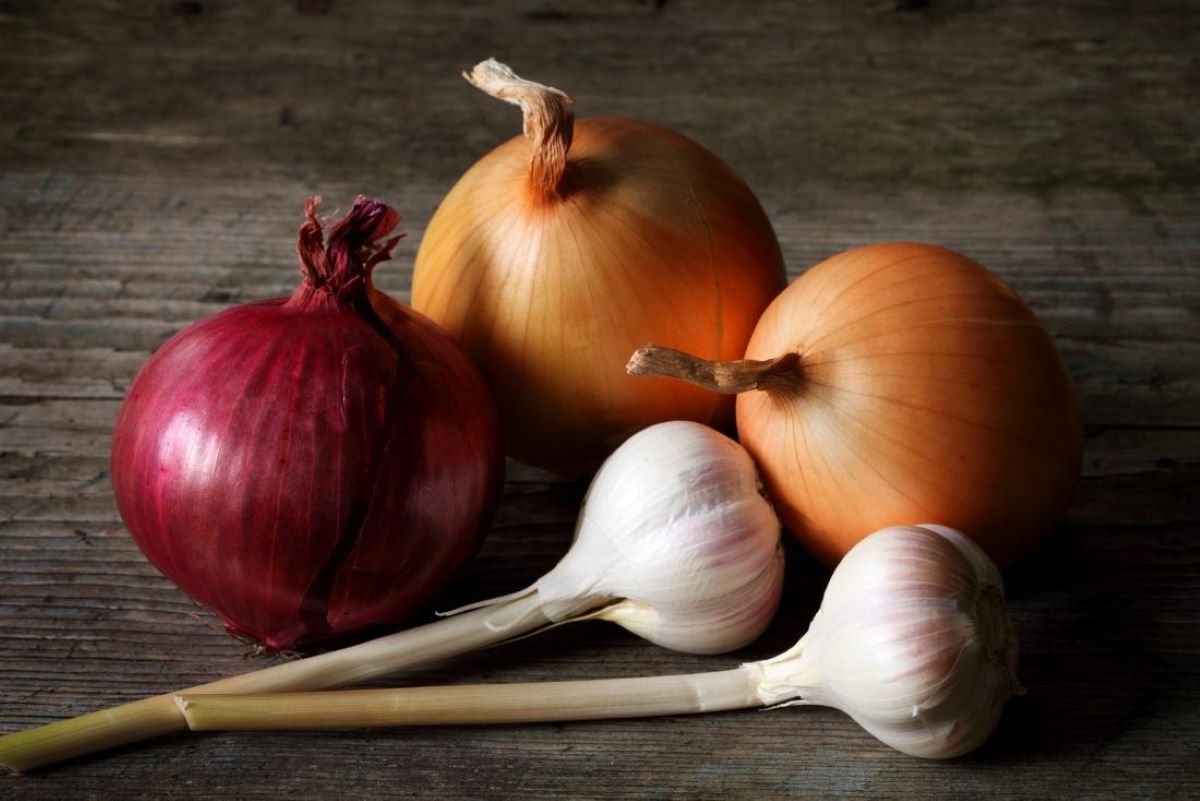

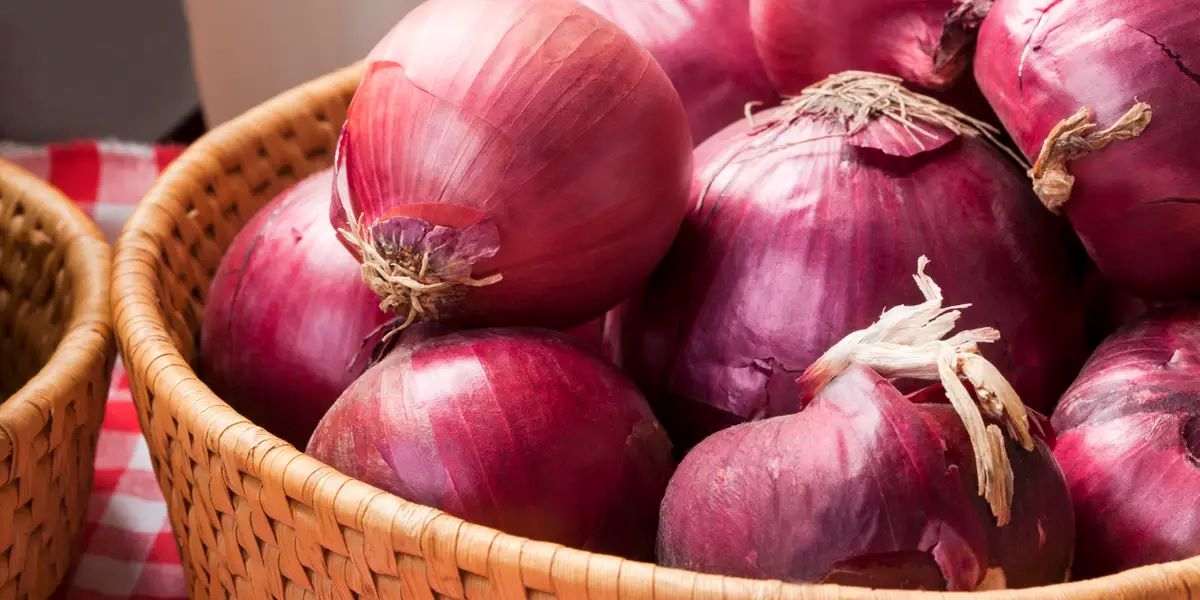
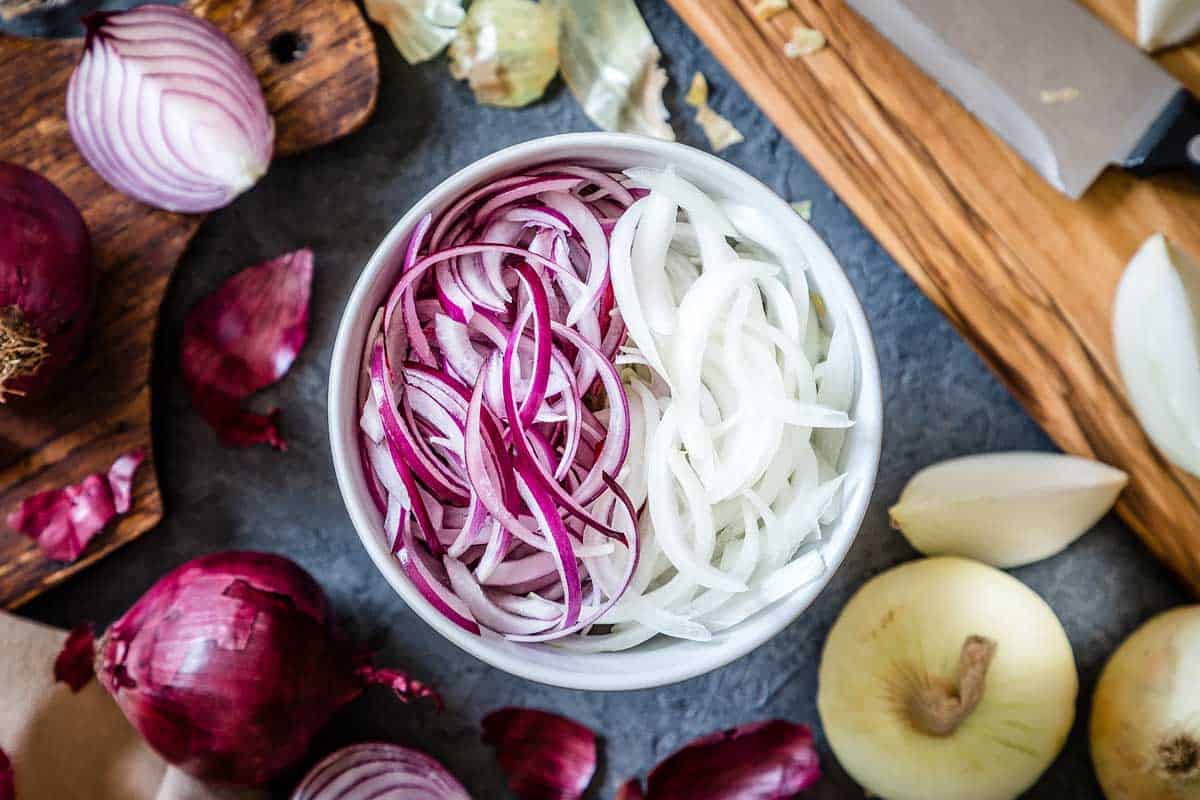
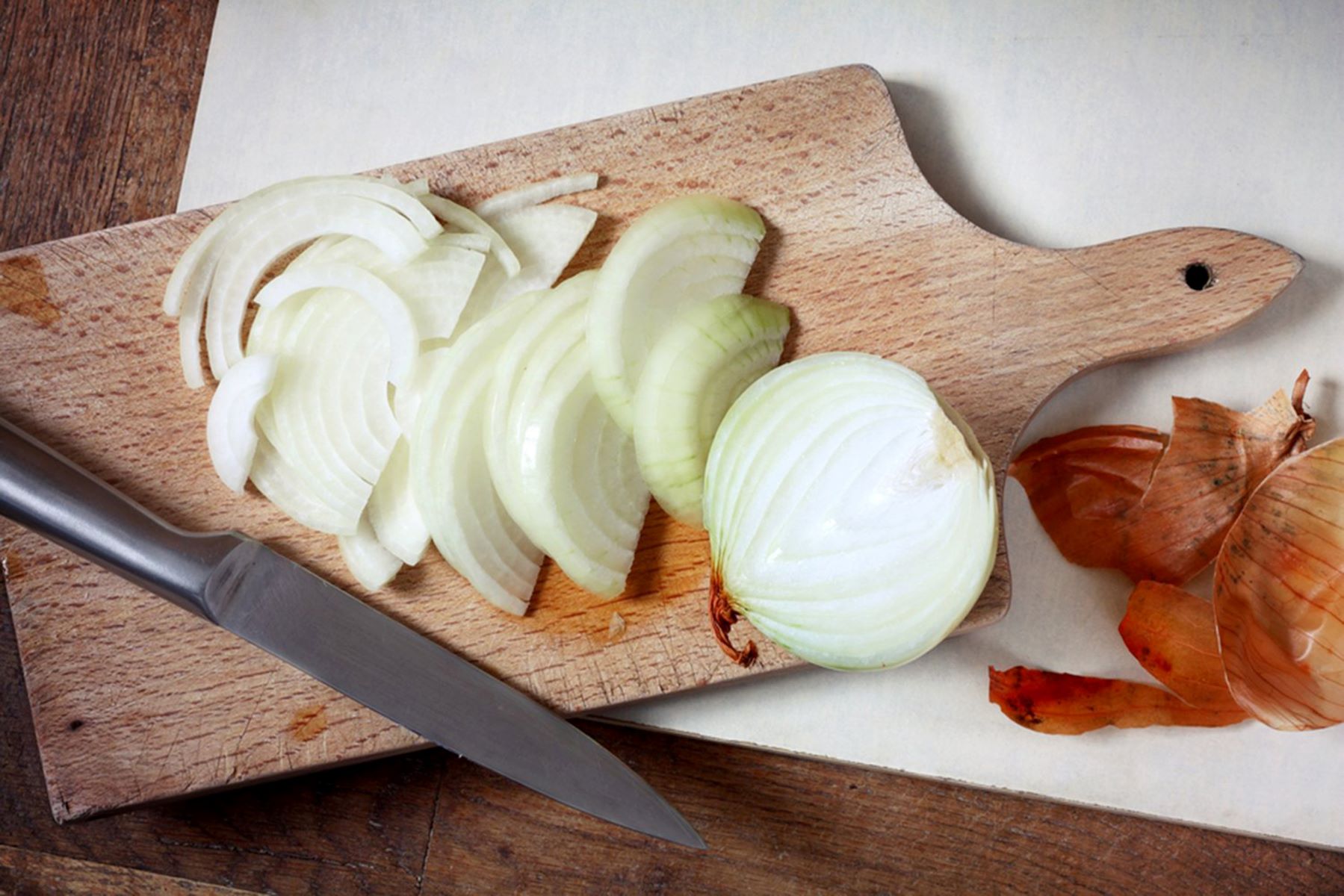
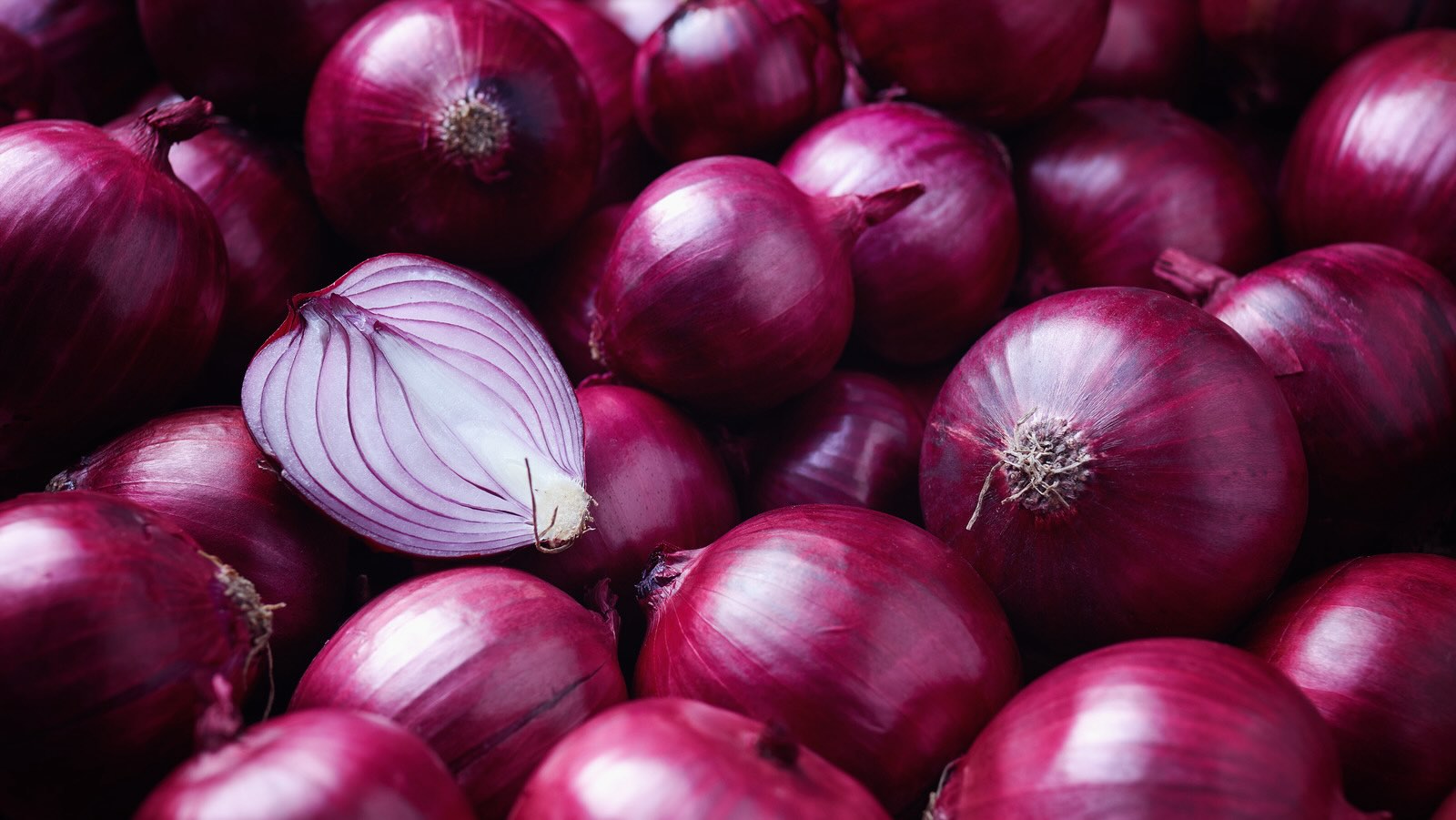
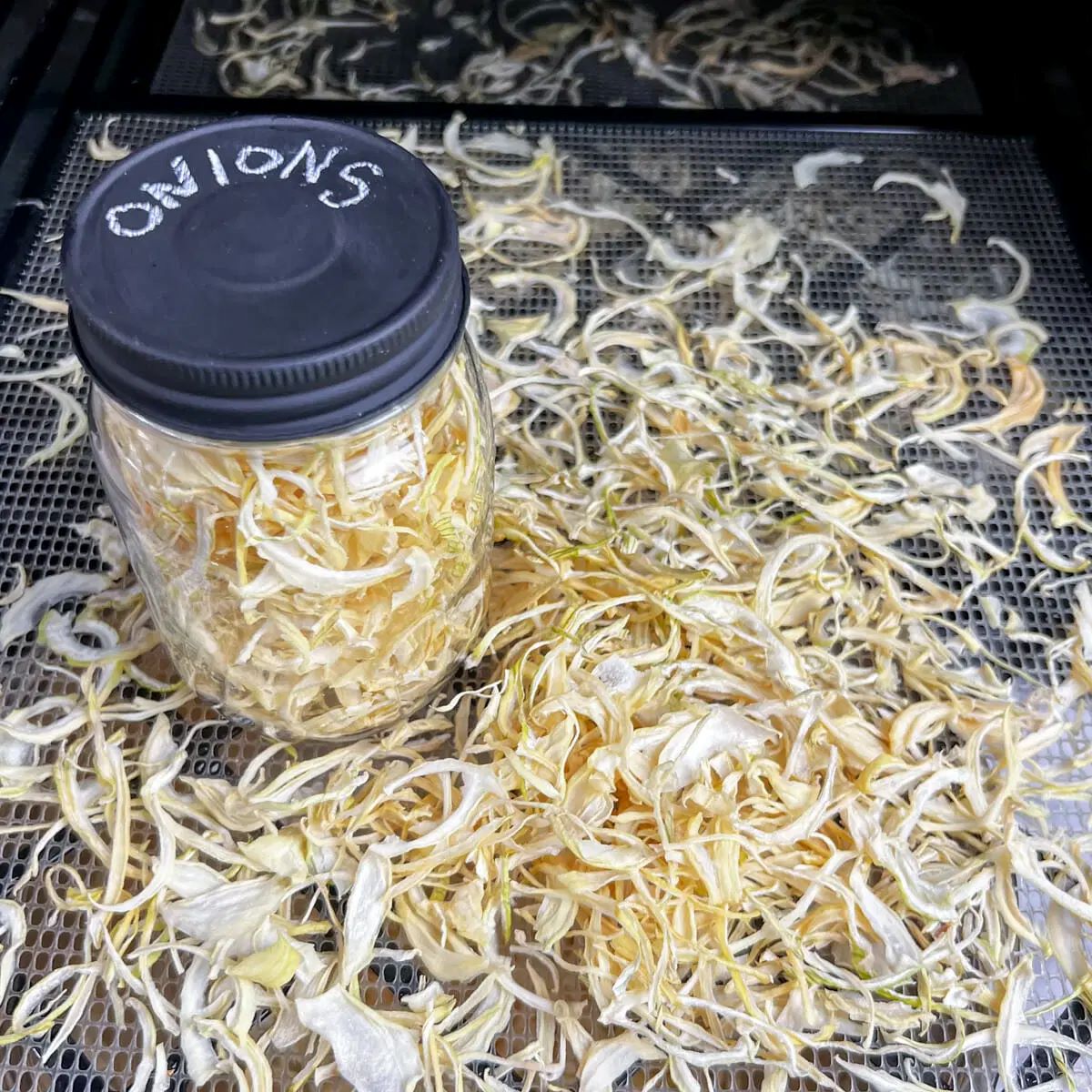
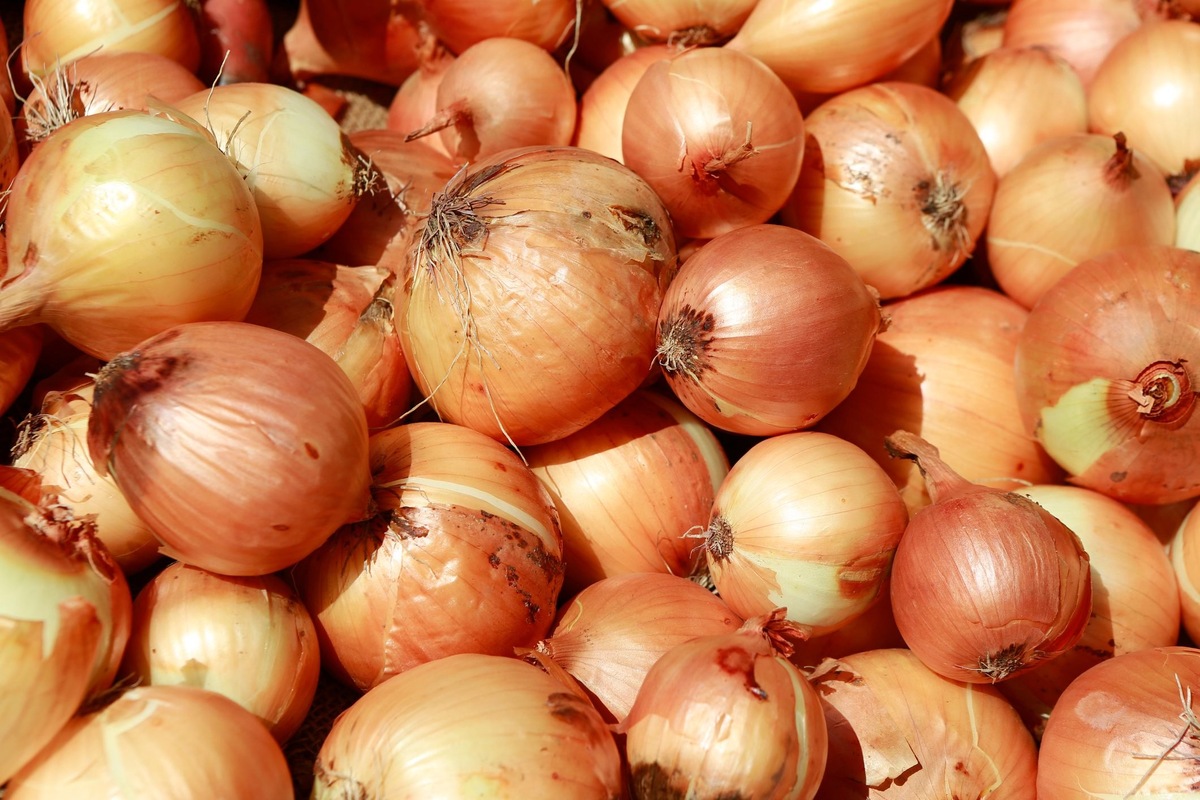
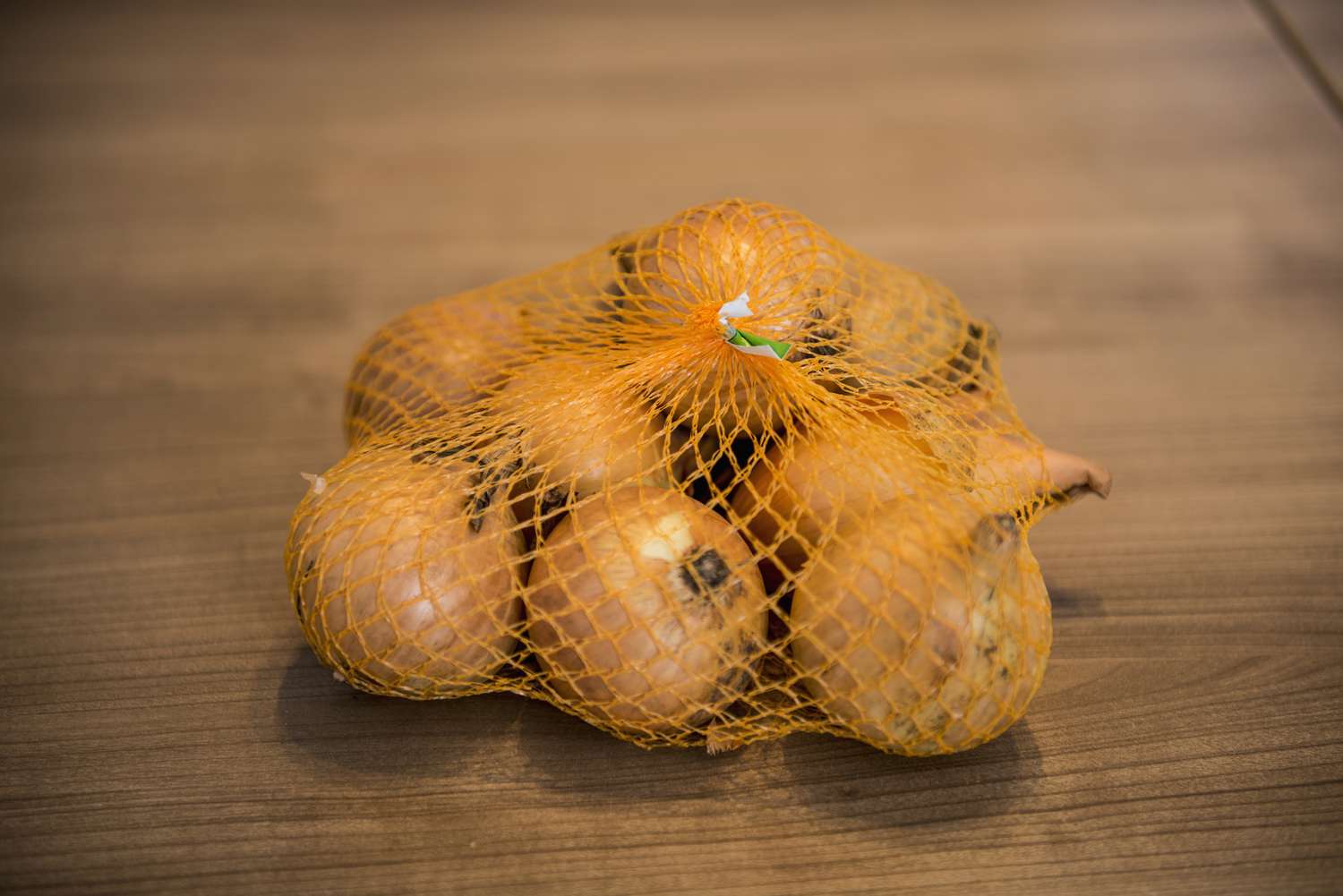


0 thoughts on “How To Store Wild Onions”